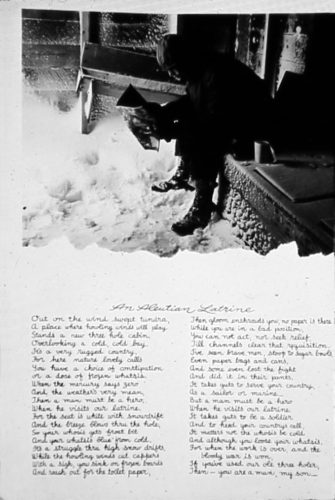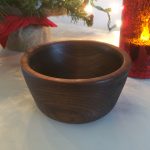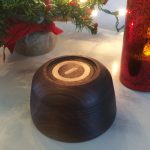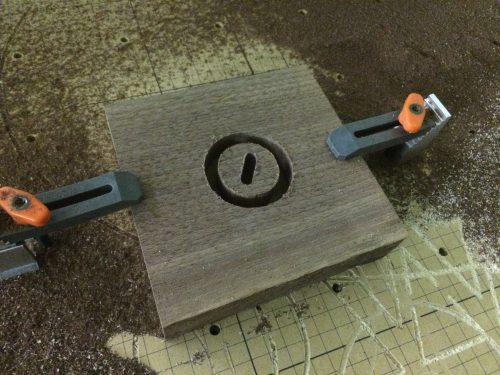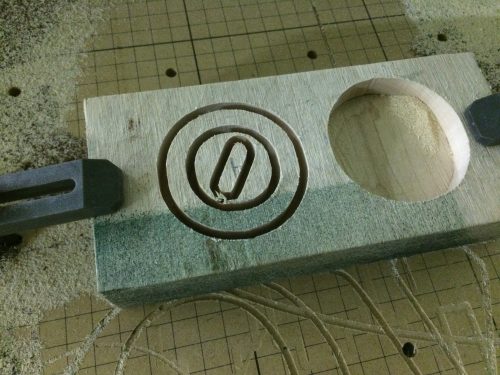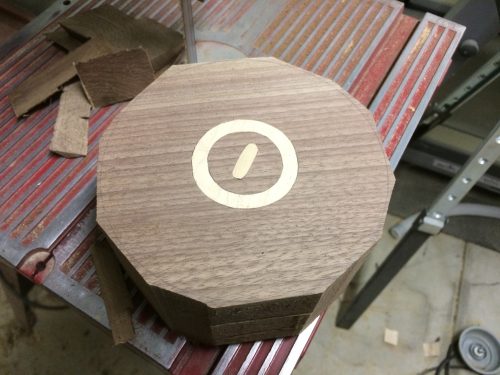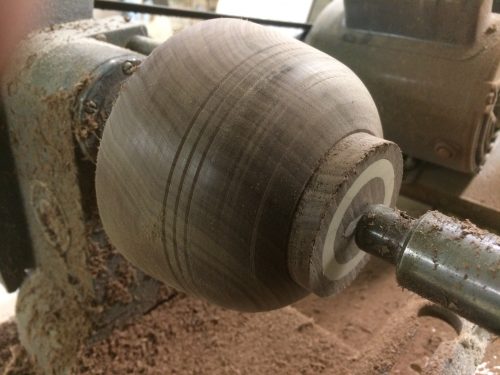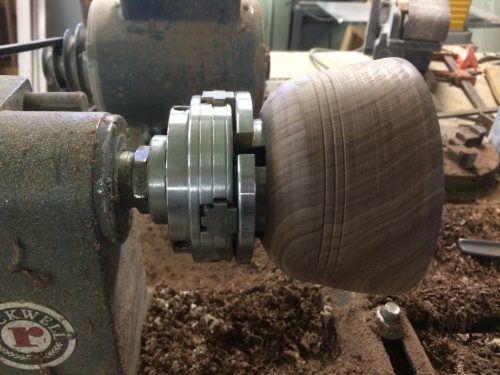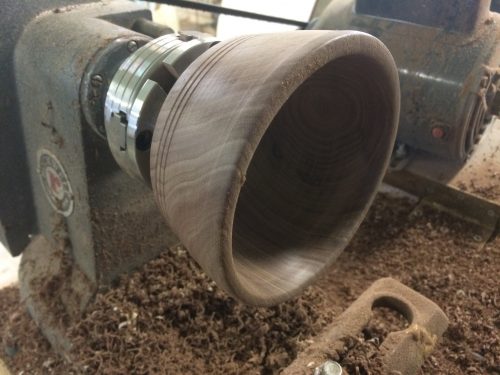On today’s episode of Finkstructables, I’m going to be walking you through the steps to make your very own kidney stone paperweight.
Step 1: Create a kidney stone.

I made this stone with my right kidney, but you could use your left one if you like. Now, you want the stone to be large enough that it’s easy to see but small enough that it doesn’t cause you crippling pain on its way out. I nailed the former but overshot it on the latter. Oops!
Step 2: Encase the stone in resin.

I used this “crystal clear” epoxy resin, although I learned after the fact that it only stays clear if you pour it in increments of less than a quarter inch. I did the entire thing in two one-inch pours, and the heat generated by the curing process discolored the resin, turning it yellow. Oops!
You should use a mold that is made for casting resin so that you can easily remove the block once it’s done curing:

This mold was supposedly ok to use with resin, which I guess it was. It just wasn’t reusable with resin. Oops!
Now that you have easily removed your crystal clear block of resin from the mold, cut it into a projection of a 2-dimensional kidney shape. I used my bandsaw for this step:

Then, trim off the edges at about a 45º angle, bringing it closer to a 3-D representation of a kidney.

Be careful to prevent the warm resin shavings from sticking to your bandsaw bearings and hardening in place, or your saw might not want to start the next time you use it. Oops!
Begin sanding the resin, first removing any saw marks, and then removing all of the scratches from the previous grit level. I sanded mine with 80, 120, 200, 600, 1000, and 2000 grit paper.
-

-
80 grit
-

-
200 grit
-

-
1000 grit
-

-
2000 grit
Once you’ve exhausted your sandpaper options, switch to rubbing compound. I used these polishing wheels by chucking them into my drill press.

After polishing the entire paperweight with rubbing compound, it should look something like this:

Now you can move on to polishing compound. This will give your kidney a glossy shine, and if you neglected to get all the bubbles out when you poured, your stone will appear to be floating in a sea of resiny stars.

And that’s it! Now every time you use your paperweight, you’ll remember all of the fun times you and your stone shared together.

That paper’s not going anywhere. Thanks, kidney stone!



